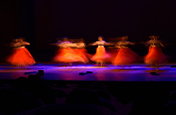Unlock the secrets of shadow photography.
The shapes and patterns formed by shadows can add depth and intrigue to a photo or become the focal point itself. Learn how to capture dramatic shadows with these expert photography tips.

What is shadow photography?
While photography is about light, it’s also about the spaces where light is absent. Shadows are often overlooked by photographers or even avoided, but if used creatively they can transform everyday images into eye-catching art. If you want to learn how to master the use of light in your photographs, look to the shadows.
Shadows are the dark areas where a light source is blocked by an object. Shadows change shape, intensity, and even color along with the angle, direction, and temperature of light. Any photo that uses shadows as a prominent part of the composition — to enhance the contrast of a subject or as the subject itself — is shadow photography.
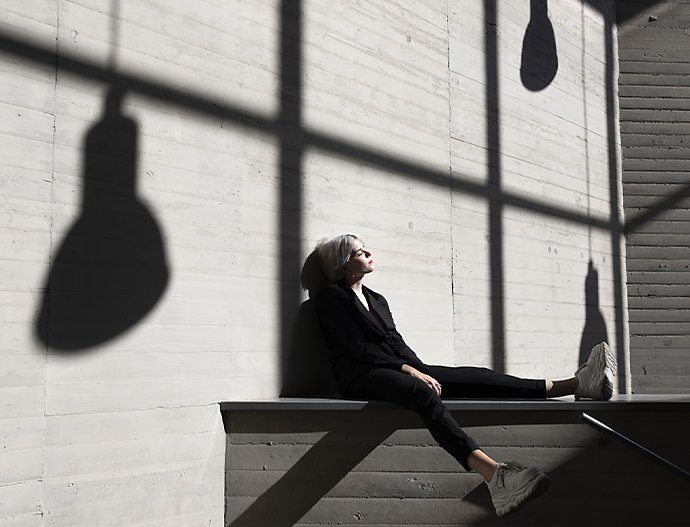

Shadows steal the show.
Add balance and depth.
Highlights may tell the viewer where to look, but without shadows to direct the gaze, photos can lack dimension and a true focal point. On top of that, a photo with no shadows will probably look unnatural.
Photographer Michael David Adams appreciates how shadows in photography can make a frame more complex when used intentionally. “You have two images at the same time: You have the subject itself, and then you have the way the light and the shadows are playing on that.”
“Shadows create a sense of time and place,” says photographer Ren Fuller. “They also help develop the story. A strong, harsh shadow will tell a different story than a soft, dim one.” Play up the drama by using the crisp diagonal lines cast by the architecture in a cityscape, or create a moodier atmosphere with the long, soft shadows around sunset.
Transform everyday scenes.
Part of the power of shadows is how they can cast ordinary objects in a new light. “I do a lot of food photography and I love to use glassware, because it casts such pretty, unique shadows,” says Fuller. “The light is passing through the glass, so it makes a really beautiful, shimmering shadow.”
Shadow play is also popular in minimalist photography, where spare black-and-white compositions that use shadow as negative space are common. Architecture photography, street photography, and fine art photography also make frequent use of shadows to create geometric or abstract shapes.
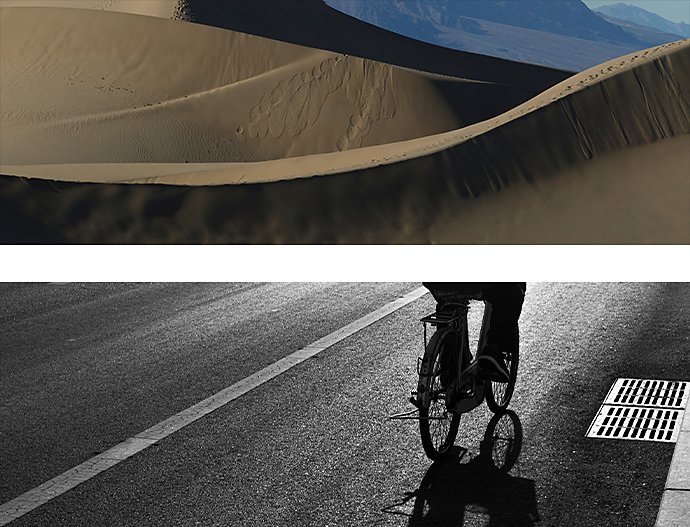
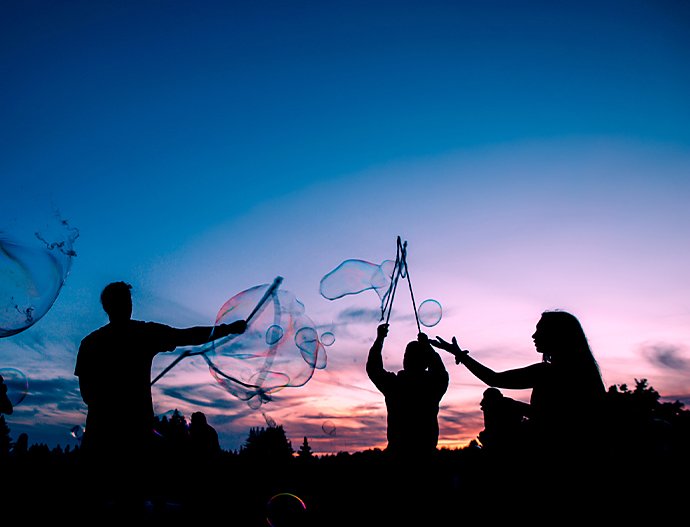
How to take captivating shadow photos.
Know your light source.
Whether you’re in the studio or on the streets, pay attention to the direction of the light, as it will have the most effect on how your shadows turn out. Early in the morning or in the evening during golden hour are the perfect times to capture long shadows. Around midday, shadows will be almost nonexistent, although the hard light will make for sharp, crisp shapes. Shoot on a sunny day for the most defined shadows, and look for side-lit situations, where you shoot perpendicular to the sun.
“I started by getting comfortable with natural light,” says Fuller. If you want to move to the studio, Fuller recommends starting with a single artificial light source and learning how to shape shadows using one key light. “From there I learned how to use light modifiers to create interesting shadows or get rid of the shadows I don’t want,” says Fuller. Keep it simple and work your way up to more complex setups.
Enhance contrast with black and white.
Shadows make for striking black-and-white photos, since they naturally have more contrast and dynamic range. Black and white can help you amplify the effect of shadow photography where color can distract from the simplicity of the form. But don’t feel like you have to go monochrome with every shadow photo. The unique tones in shadows can be a great way to add a touch of unexpected intrigue to your image and pull your color palette together.
Look for interesting patterns and shapes.
Unusual shadows naturally draw the viewer’s eye, as they put just enough of a twist on something familiar to make it unfamiliar. Shadows can also contour around another subject, such as a person, which can be used creatively in portrait photography. Keep your eyes peeled for the patterns and shapes that shadows make as you photograph. You might just be surprised at how many are out there once you start to look.
“In order to get nice, deep shadows, expose for the highlights,” says Adams. Try to shoot in manual mode, since your camera will want to compensate for the extremely dark areas by balancing the exposure. Keep your ISO low, as higher ISOs will lift your darker areas.
If your shot doesn’t look as dramatic as you were envisioning, don’t worry. When you bring your photos into an editing tool like Adobe Photoshop Lightroom, you’ll have room to alter your shadows and highlights, especially if you shoot in RAW. You may find it helpful to edit in black and white and save color for the end, to keep yourself focused on the image’s tonal range.
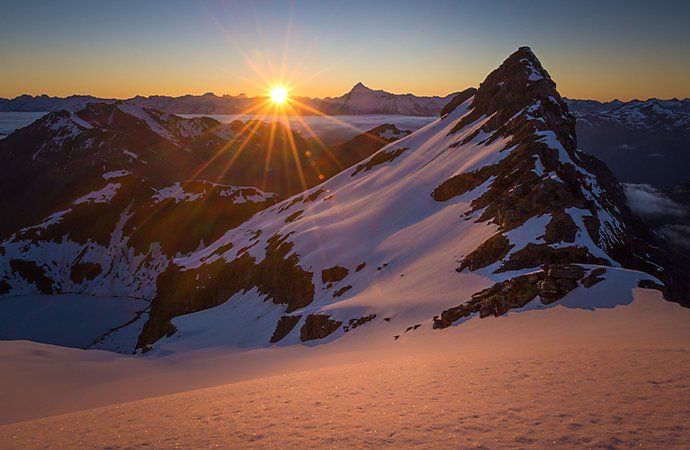
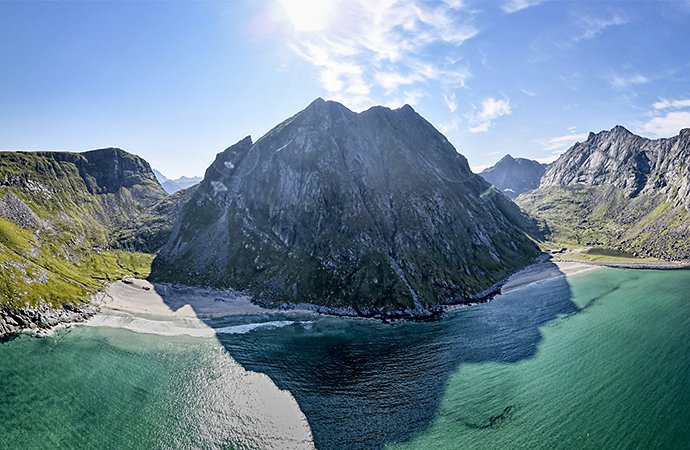
Don’t be afraid of your shadow.
“It’s all about going out and shooting at different times of day in different seasons,” says Fuller. When you start out, don’t worry about perfecting your technique or compositions. Your only goal is to get better at observing the world around you. “Photographers are observational humans by nature,” adds Fuller. “It’s all about being aware of your surroundings and being inspired by them.”
Learning to observe is something that tutorials just can’t teach. It’s all about experimentation and repetition. “Shoot as much as possible,” advises Fuller. “The more you shoot, the more you start to learn what you like and don’t like.” Now that you’ve got a pocketful of tips, you’re ready to get out and start capturing shadows yourself.
Contributors
Do more with Adobe Photoshop Lightroom.
Edit photos easily with Lightroom presets, Super Resolution, easily share photos from any device and access your projects anywhere with cloud photo storage management.
You might also be interested in…
Silhouette photography tips and tricks.
Explore how to evoke mystery and intrigue with silhouette photography.
Discover how adjusting shutter speed can help you capture clean shots or motion-filled moments.
An introduction to portrait lighting.
Learn the basics of portrait lighting to bring your subject’s story to life.
Understanding the art of surreal photography.
Look into the world of surrealism and find out how to make your own dreamlike images.

